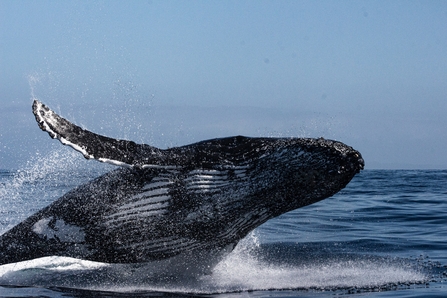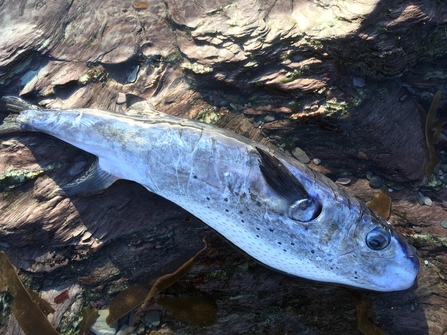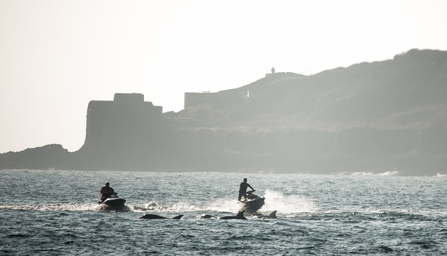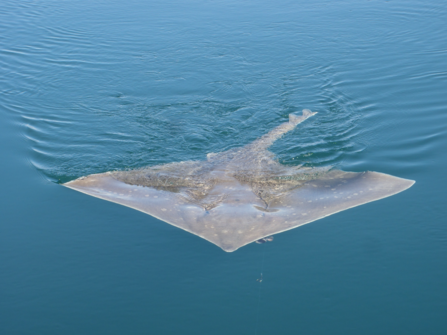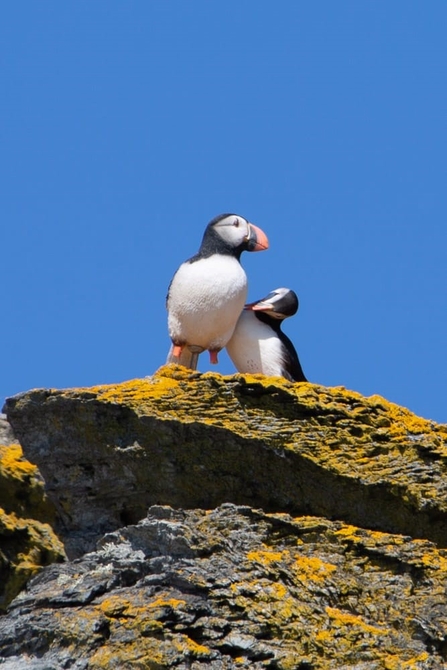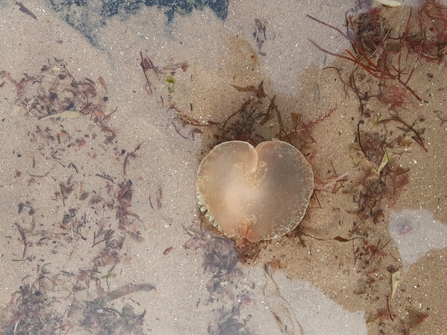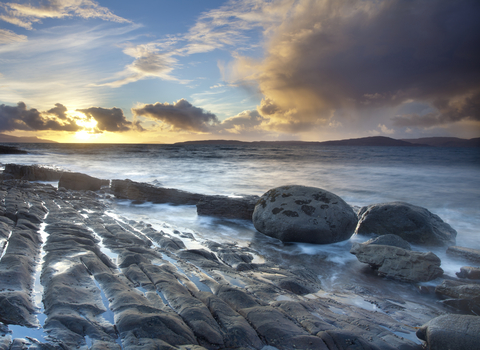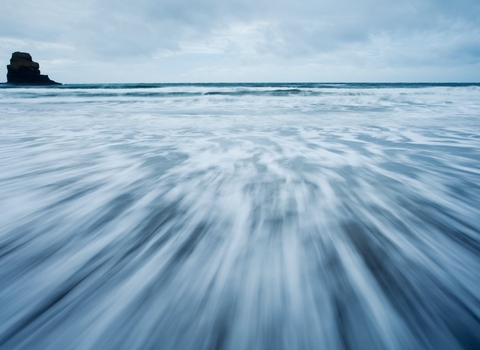The Wildlife Trusts’ Living Seas team have compiled their highs and lows of the last 12 months from around the UK. These include:
- Recovering humpback whales, long-distance orcas, and a rarely seen highland dancer – plus exciting news about the world’s largest skate in Northern Ireland
- Climate change disrupting marine life – from Wally the walrus to ring-necked blenny
- A big increase in disturbance to marine life from human activities
- Pioneering schemes to restore seagrass meadows and huge kelp forests
- Native oysters, sand lizards and puffins fight back with help from The Wildlife Trusts
Lissa Batey, head of marine conservation for The Wildlife Trusts, says:
“It’s been a fantastic year for marine megafauna sightings, particularly in the southwest, but it’s clear that our oceans are under immense pressure from fishing, development, pollution, climate change and recreation. All these issues are having a huge impact on life at sea.
“COP26 really brought home the need to limit global temperature rises to a maximum of 1.5°. Protecting our marine environment is a critical part of achieving that goal because healthy seabed habitats store carbon. We need policies that stop unsustainable fishing practices and prevent unrestricted development at sea – and we must protect at least 30% of our oceans by 2030. Future generations are counting on it.”

